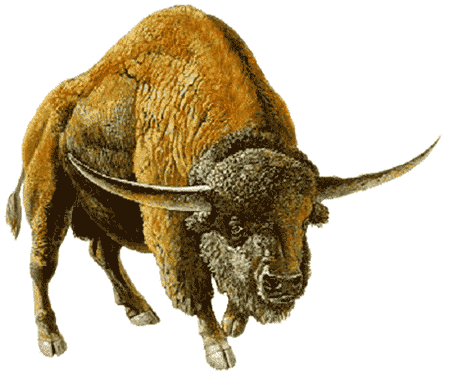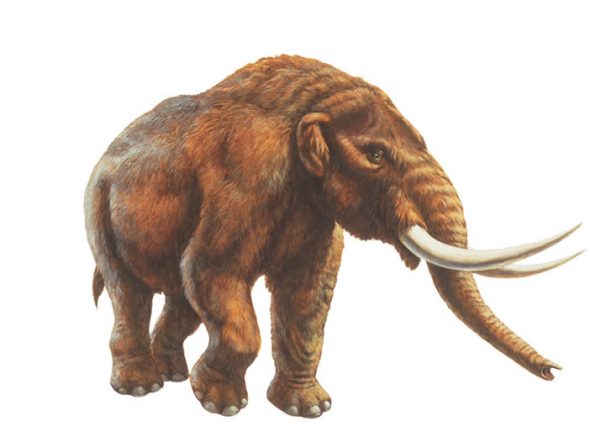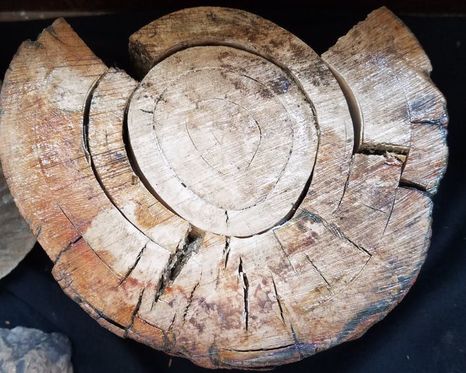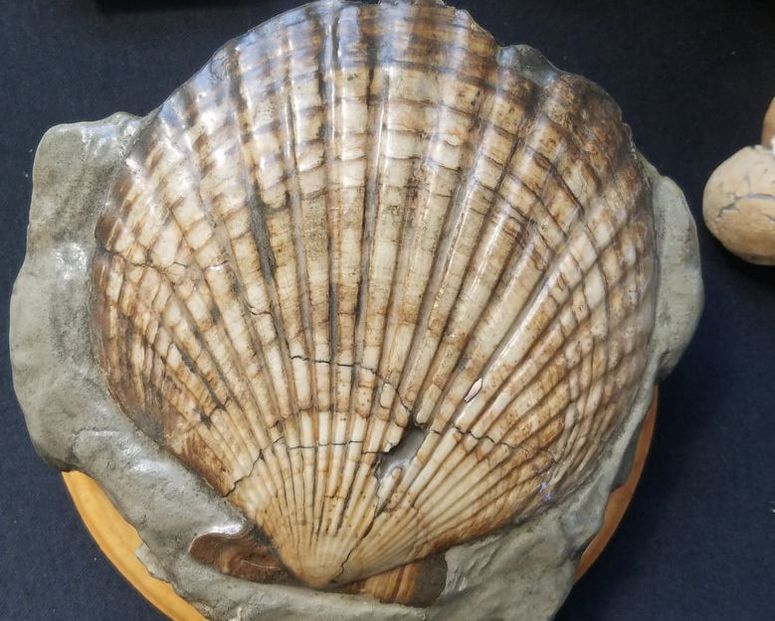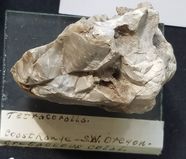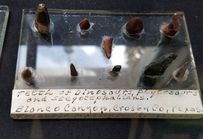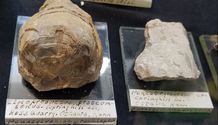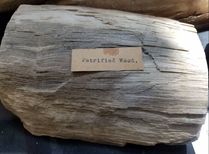The Clarke Fossil Collection
Prehistoric Bison Horns |
Prehistoric Mastadon Tooth |
|
Bison first came to North America across the land bridge from Asia. By the end of the Ice Age, some 12,000 years ago, they roamed through much of the continent including coastal California.
Prehistoric bison were larger and woolier than modern ones and had longer straighter horns. Warming climate and hunting by humans reduced their size and range. The horns in our collection were found at Buhne Point on Humboldt Bay. |
"M. americanum, the American mastodon, is the youngest and best-known species of the genus. They disappeared from North America as part of a mass extinction of most of the Pleistocene megafauna, widely presumed to have been related to overexploitation by Clovis hunters, and possibly also to climate change." - Wikipedia
Our prehistoric Mastodon tooth was found in a creek near Buhne Point in 1945 by William Owsley. It is part of the McCracken Collection. Cat#2016.21.1 |

